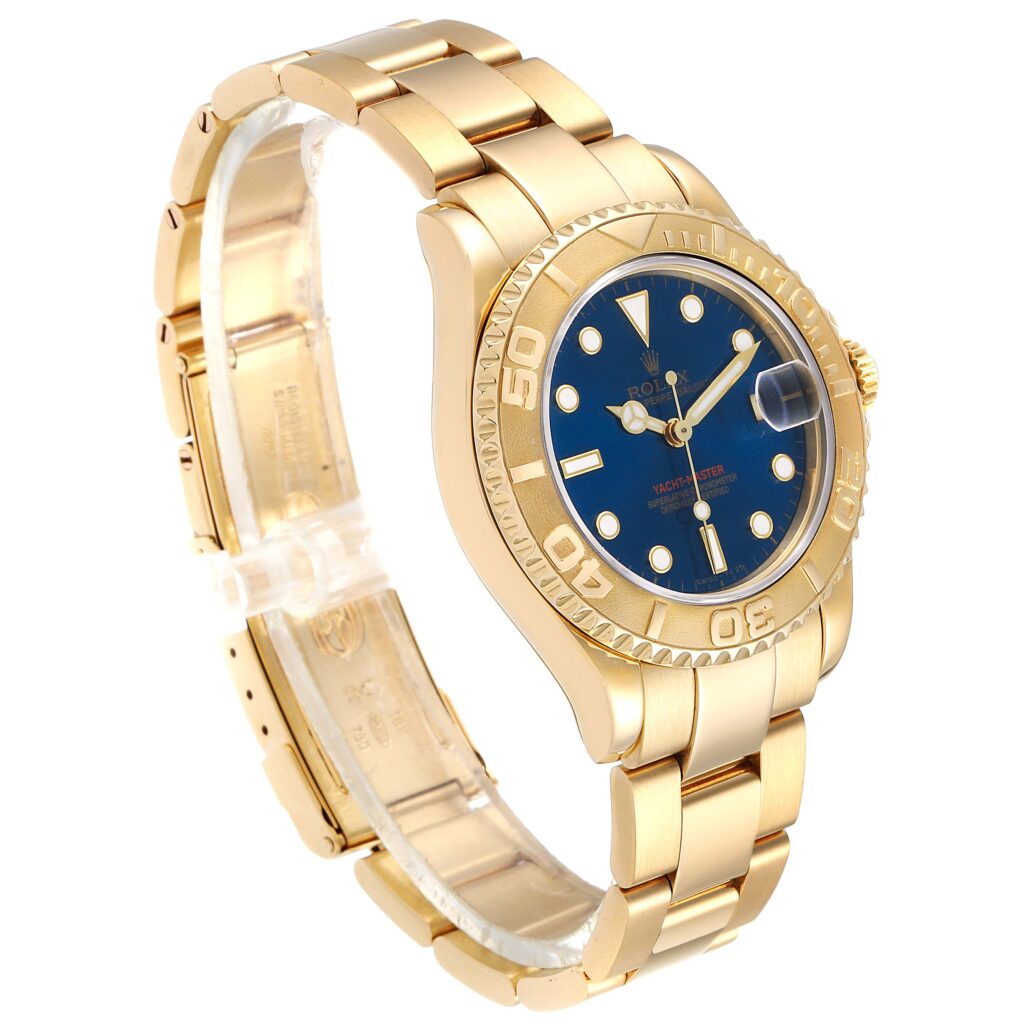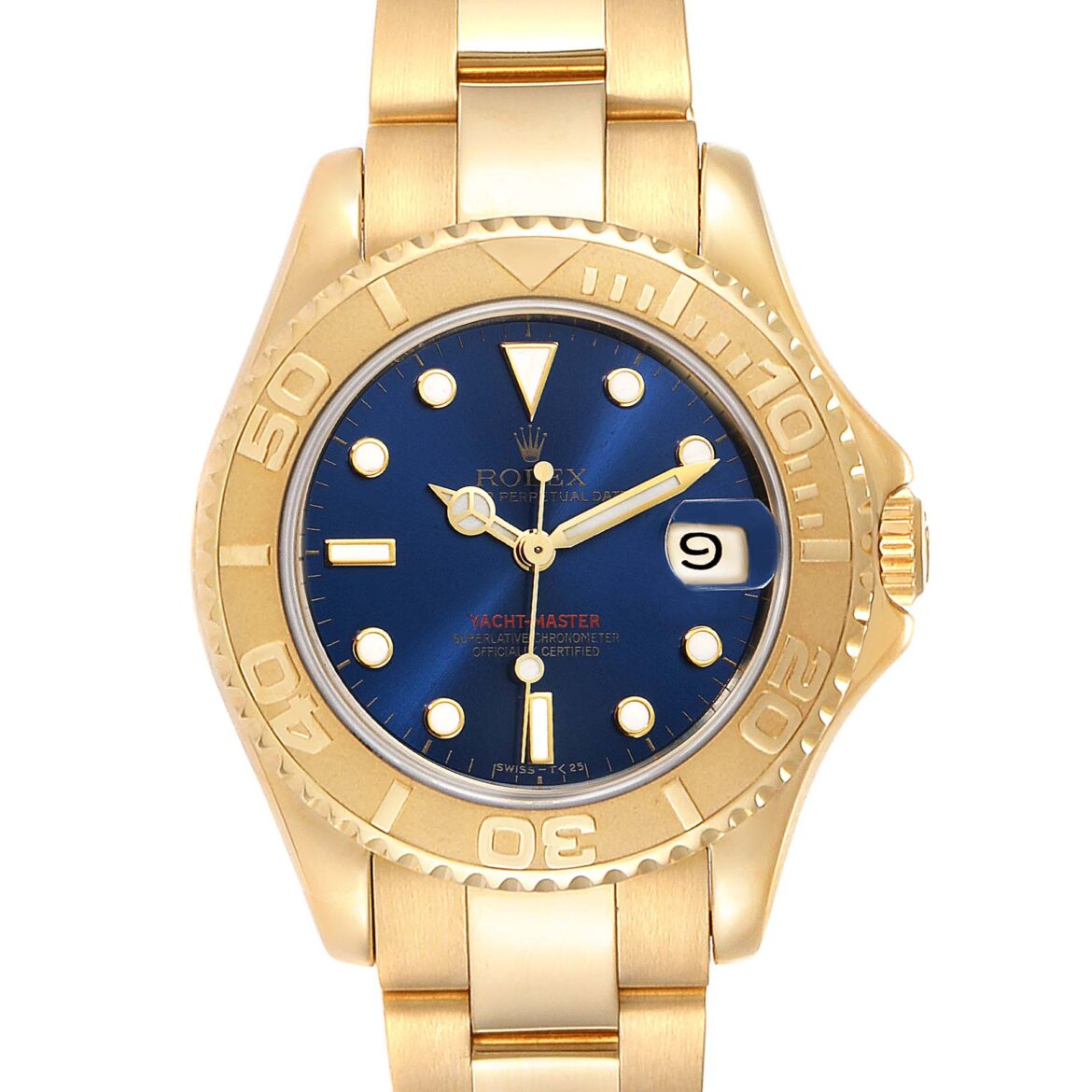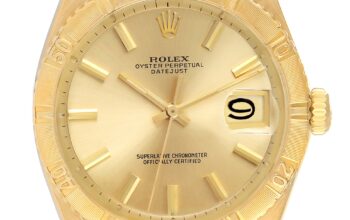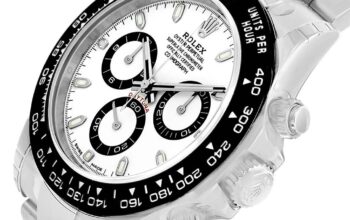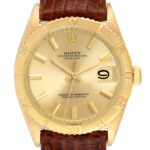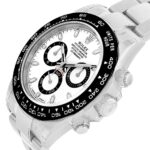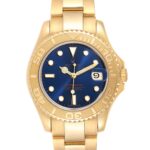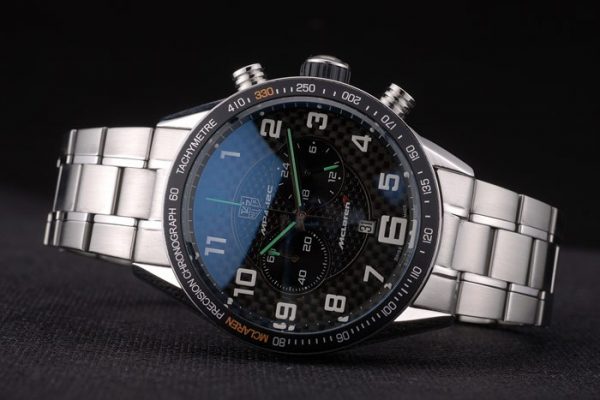This question is near and dear to the heart of anyone who has considered spending money on a replica watch. Is it worth it? To analyze this question more finely, is the price commensurate with the execution, the materials, the complexity of the design, the efforts made in the pursuit of precision and the relevant competing industry standards?
The Cartier Collision, which set a world record of $225,000 at Christie’s in 2020.
A wise man once said that the only possible answer to the question, “Is my watch worth what I paid for it?” is always “No” (although that’s often not the case with other things, such as tough solar-powered G-Shocks). But if, for example, you have an in-house chronometer-certified movement in a well-constructed, sturdy, water-resistant case with good readability and some sparse but clever design cues, and it’s under two grand and comes with a five-year warranty for you, you have an interesting value proposition. One of the most important messages a watch can send these days, even if it’s more or less subliminal, is that the manufacturer, regardless of price, cares as much about providing value and genuine pleasure as it does about profit. It’s an easy thing for brands to forget.
Jean-Claude Biver once told me that he thinks the biggest problem facing watchmaking today is that so many brands and groups are run by people who don’t actually care about the cheap replica watches, a fatal disconnect that consumers can smell like the alarm of a gas line leak.
Finally, there’s the matter of basic common sense regarding proportion and design. If the watch is a primarily functional timepiece, it should still have pleasing and harmonious proportions, as these are what actually help with functionality. Why? Because the eye and the mind are more likely to come into contact with what is harmonious than with what is ugly. A simple example is the length of the hands – if they’re too short or too long, then they don’t seem to interact naturally with the scale and dial markings, and while you may not consciously specify this to yourself, you’ll feel a mental cramp every time you look at the copy watch. This is how watches get sold on Instagram, as in “nice piece, but it never made my heart sing”.
If the watch has a closer connection to the design, does the choice of materials, the proportions of the design elements, and the visual interaction between the design elements achieve the desired effect of an initial wow, followed by a delightful exploration of the details that make the wow happen?
There are many, many examples of watches that have succeeded to some degree. But sometimes, you come across a watch that is so diametrically opposed to whatever type of watch you think is right, good, and virtuous that you immediately reject it. There is no rationality to it – you look at the watch, your vision is filled with anger, and your stomach churns with disgust. All you can say, in short, is, “To hell with it. This clone watch and all who sail on it will suffer. Let it be thrown into the outer darkness where there is wailing and gnashing of teeth.” (Warning: highly subjective, critical rant ahead).
For me, such a watch is the Hublot LaFerrari. I’m sure it has its fans, but then again, the Commodus, arguably the worst emperor ever to tarnish the throne of the Roman Empire with its corrupt and blasphemous aftermath, never had any problems in the arena. It’s a watch that immediately took my breath away in speechless rage – the extended power reserve made unenjoyable by the sheer stupidity of the design, the way it looks as if it was created by an exhausted team at gunpoint, something that simply fits the lowest definition of cool – the kind of thing that twelve-year-olds bored out of their minds, obsessed with Transformers. In the fourth period French class at Trapper Keeper’s cover scribbled on something.
